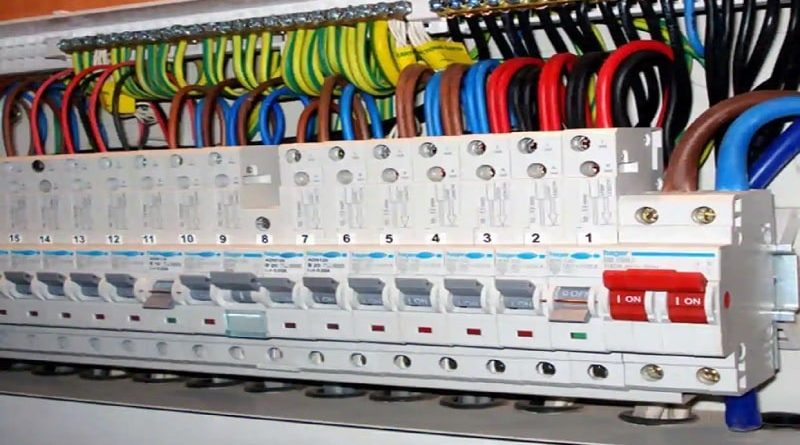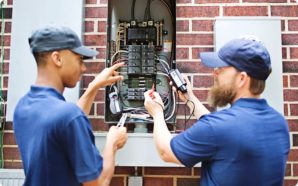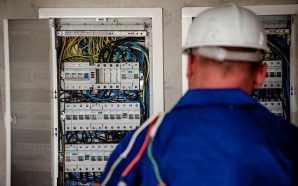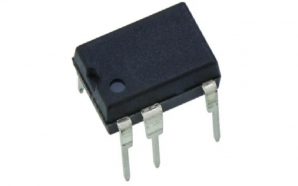Wiring within a house is a technical issue that most non-specialists try to avoid. Even DIY guys know they should respect electricity. Unfortunately, most homeowners don’t look too closely at their electrical circuits. Luckily, you can usually spot problems with electrical home wiring because of several telltale signs. We once had a client that noticed some of their lights flickering. They didn’t pay it any mind, thinking it was the power company’s fault. It came to a head when their electrical system caught fire and almost burned down the house! When you get weird issues with electricals, consider checking out your wiring.
The Signs of Bad Wiring
Bad wiring in a house shows up in many different forms. Depending on the house itself and how old the wiring is, wiring problems might just be due to wear and tear. Other times, it might be from poor installation. How can you tell your wiring’s bad?
Too Few Outlets
The Spruce notes that, according to code, electrical outlets should not be spaced further away than six feet from each other in common areas. In older homes, the electrical code might not have been around when they were built. As a result, there are few outlets, and those that are there are spaced out so much that they require you to run extension cords. These cords are more than just tripping hazards. They could cause a fire.
Flickering and Dimming Lights
One of the most obvious telltale signs of bad wiring is seeing your lights flickering and dimming at odd intervals. Like we mentioned above, many homeowners classify these as distribution problems and ignore them. Doing so could cause a house fire, so it’s better not to ignore this one.
Buzzing or Crackling Sounds
When you hear buzzing or crackling inside your walls, it could be insects, or it could be electricity. This buzzing or crackling could be due to insufficient grounding. If it’s accompanied by the risk of electric shock when unplugging or connecting something to a plug, it’s time to inspect your wiring.
Frayed Wires
Sometimes you may be able to see the wires in some parts of the house. Visible cables aren’t that big of a problem, but if they’re frayed and show signs of burning, you should check the rest of your wiring.
Loose Outlets
Plugging in an appliance and feeling the insides of the outlet shift around is unsettling. It’s also a good sign that you should inspect your wiring. Loose outlets eventually shake their wires free and could lead to shorts, sparking, and even fires.
Smoke Coming from Appliances or Outlets
Your outlets are not supposed to be on fire, nor are your appliances. If you see smoke coming out from them, switch off your power and get your wires inspected immediately.
Burning Smells or Scorch Marks on Outlets
When electrical fires start, the first thing you smell is burning insulation. Occasionally, flashes may occur and peter out, leaving behind black scorch marks on the outlet face. These are signs that you might need to do a thorough inspection.
How to Check Your Home for Wiring Problems
Step 1: Turn off the Power – Never attempt to do electrical inspections or repairs with the lines still hot. Electricity can kill you in the blink of an eye. To reduce the risk of fatal shocks, turn off your supply from the main breaker.
Step 2: Check for Reversed Connections – Reversed connections sometimes occur because outlets are connected backward. In house wiring, electricians connect the live wire to one side of a polarized outlet and the neutral wire to the other. If these connections are reversed, the polarity of the socket is reversed, potentially creating a situation where you could be shocked.
Step 3: Ensure Proper Grounding – Sciencing explains that electricity always looks for the lowest resistance path to the ground. Grounding allows the power in your home to have a safe route to the earth that’s not through your body. Ungrounded outlets only have two prongs. If possible, upgrade those to three-pronged outlets which contain a ground connection.
Step 4: Check for Insulation Exposure – Stripping a wire to the exact amount for a good connection is a skill. If the home was done as a DIY project or by an amateur electrician, there might be wires with too much or too little insulation exposed. Either one of these could cause problems like shorting or smoking outlets.
Hire a Professional
While you can do these inspections yourself and even replace your outlets on your own, there’s always a significant risk when dealing with electricity. Professionals train for years to deal with these systems. They have the expertise to spot things you might not be able to. What’s more, you know that you’re in good hands when you choose a professional to work on your house wiring. Professional electricians would do a complete inspection after their repairs and let you know any other issues you might have immediately.
Bobby Lynn is the Owner of LiveWire Electrical, a fully licensed and insured residential and commercial electrical company serving Charlotte, NC, and surrounding areas. Bobby has been in the electrical industry for over 20 years and has a vast knowledge of all things electrical.









